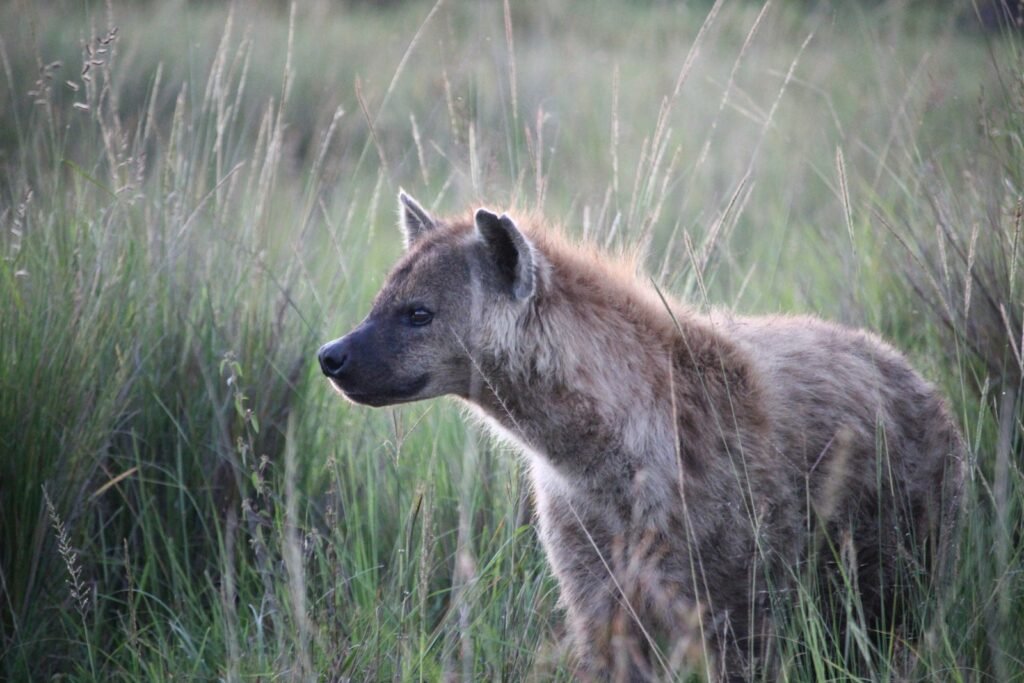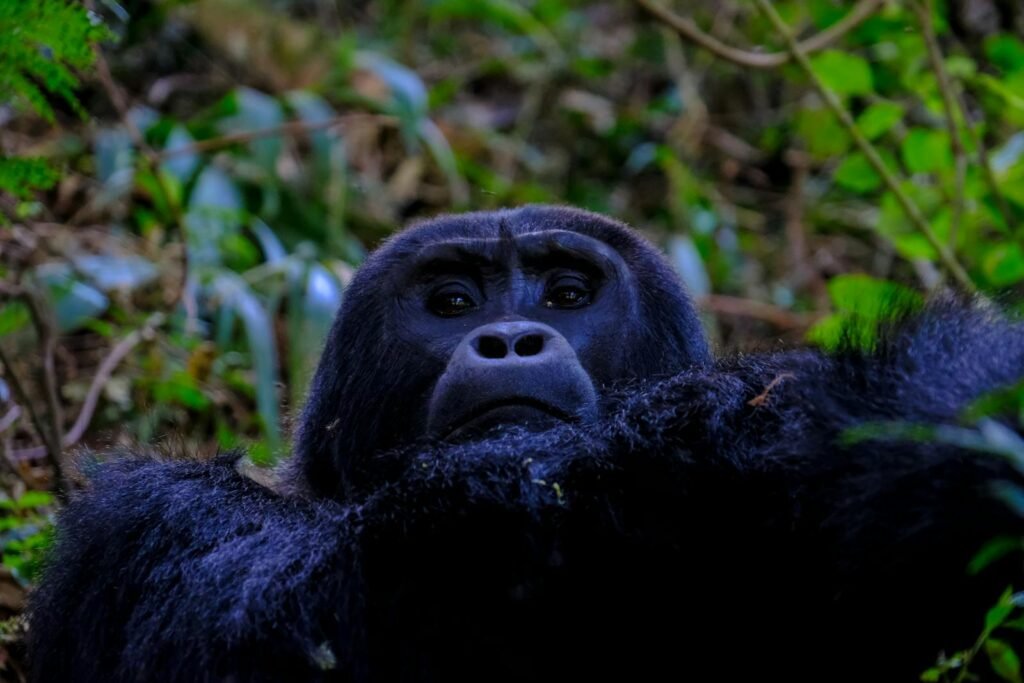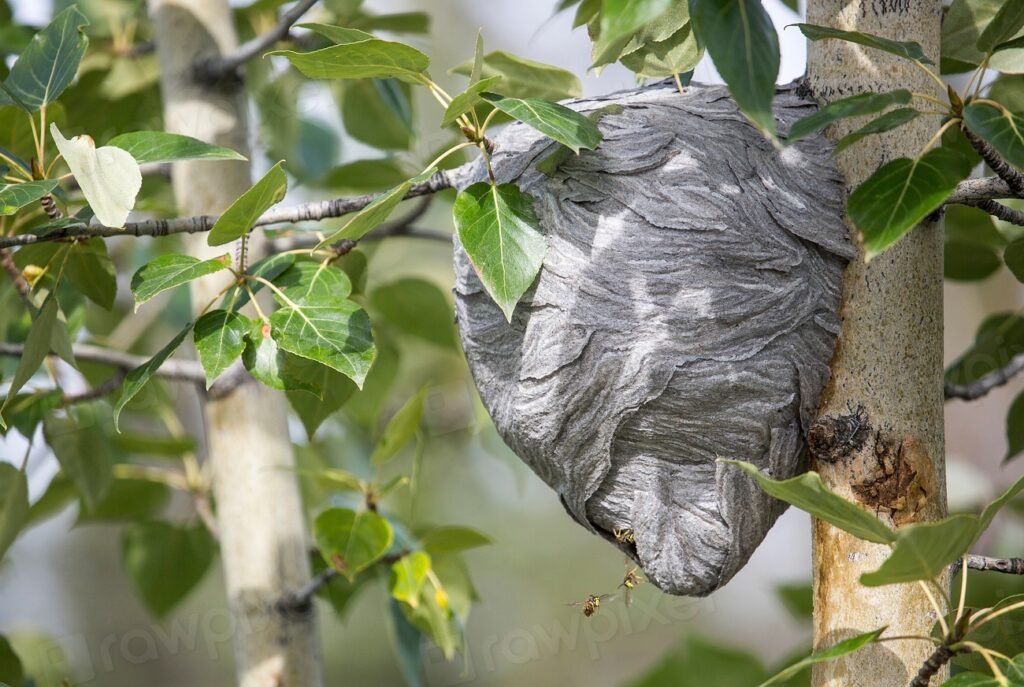Imagine wandering through the sweeping grasslands of Ice Age Eurasia, the ground crunching beneath your boots, when suddenly you spot an animal so massive, so shockingly powerful, it looks like a lion and a wolf rolled into one. This is no ordinary predator—this is the giant Ice Age hyena, a creature whose bones whisper stories of an ancient world, and whose existence challenges everything we thought we knew about the evolution of predators. Their enormous jaws once cracked the bones of mammoths. Their shadows haunted the dreams of early humans. Through their fossilized remains, these remarkable beasts are still teaching us about the nature of life at the edge of survival and the wild dance of evolution itself.
The Rise of the Cave Hyena: A Prehistoric Titan
The giant Ice Age hyenas, also called cave hyenas (Crocuta crocuta spelaea), were true titans of their time. Towering above today’s spotted hyenas, these predators could weigh up to 225 pounds or more. Their robust skulls and muscular bodies set them apart from their modern relatives. They made their homes in the vast tundras and steppe landscapes, sharing territory with saber-toothed cats, dire wolves, and our own human ancestors. Unlike the hyenas we see today, these giants roamed from Western Europe to northern China, leaving evidence of their reign in hundreds of cave sites. Every fossil is a reminder of their incredible adaptability and dominance.
Bone-Crushing Power: Hyenas as Nature’s Recycling Machines
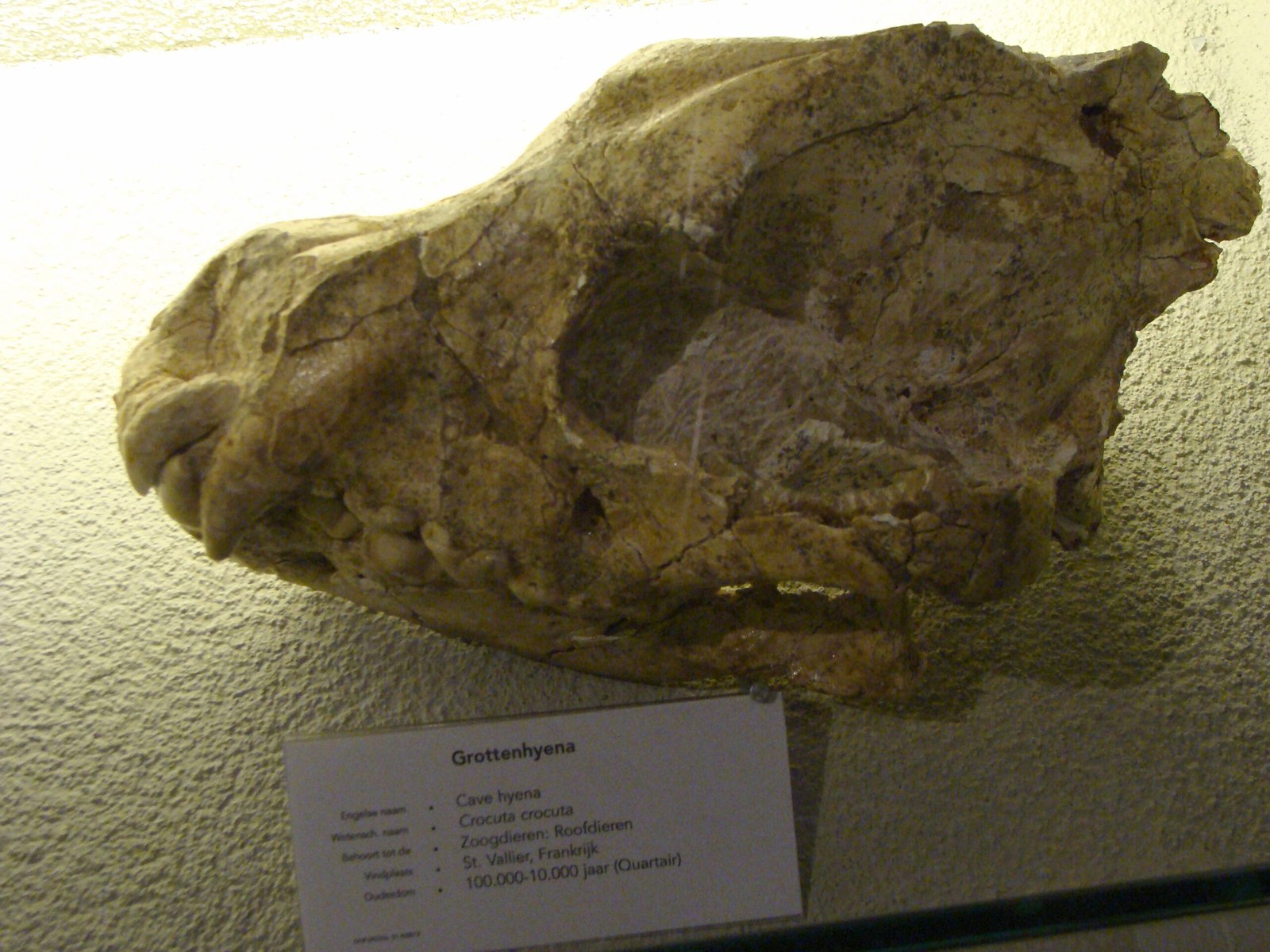
One of the most astonishing features of the giant hyenas was their jaw strength. Their jaws were so powerful that they could shatter the thick bones of mammoths and rhinos, turning carcasses into feasts. Scientists believe these hyenas played a crucial ecological role as bone-crushers, cleaning up the leftovers of other predators and making nutrients available for scavengers and plants. Their specialized teeth, like massive nutcrackers, show just how far evolution pushed their anatomy for a life built around scavenging and hunting. It’s hard not to marvel at the sheer force they could unleash with a single bite.
Competition on the Ice Age Stage: Rivals and Victims
Giant hyenas were not alone in their icy kingdom. They competed with mighty predators like the cave lion, cave bear, and dire wolf. The landscape was a chessboard, with each species vying for the upper hand. Fossil evidence shows gnaw marks on bones from cave hyenas and saber-toothed cats, hinting at fierce clashes and overlapping diets. Sometimes, hyenas even scavenged from the kills of other carnivores or faced off with ancient humans for shelter in caves. This brutal competition shaped every aspect of their evolution, pushing them to become bigger, smarter, and tougher.
The Social Lives of Prehistoric Hyenas
Contrary to their reputation as solitary scavengers, giant Ice Age hyenas may have lived in complex social groups. Modern hyenas are famous for their matriarchal clans, and the Ice Age giants likely followed similar patterns. Evidence from fossilized dens and coprolites (fossil poop!) suggests that these hyenas shared caves and raised their young together. Living in groups allowed them to tackle larger prey, defend against rivals, and survive the long, dark winters. Social bonds are a powerful force in evolution, and for the cave hyena, they may have been the secret to their success.
Adaptation in a Harsh Climate
Surviving in the Ice Age was no small feat. Temperatures could plummet, food was scarce, and the landscape shifted between seasons of abundance and famine. Giant hyenas had to be incredibly adaptable. Their thick fur shielded them from the cold, while their keen senses helped them locate carcasses buried under snow. During lean times, they could travel vast distances in search of food. The story of the cave hyena is a lesson in resilience—how life can bend and twist to fit even the most unforgiving of worlds.
Diet: More Than Just Scavengers
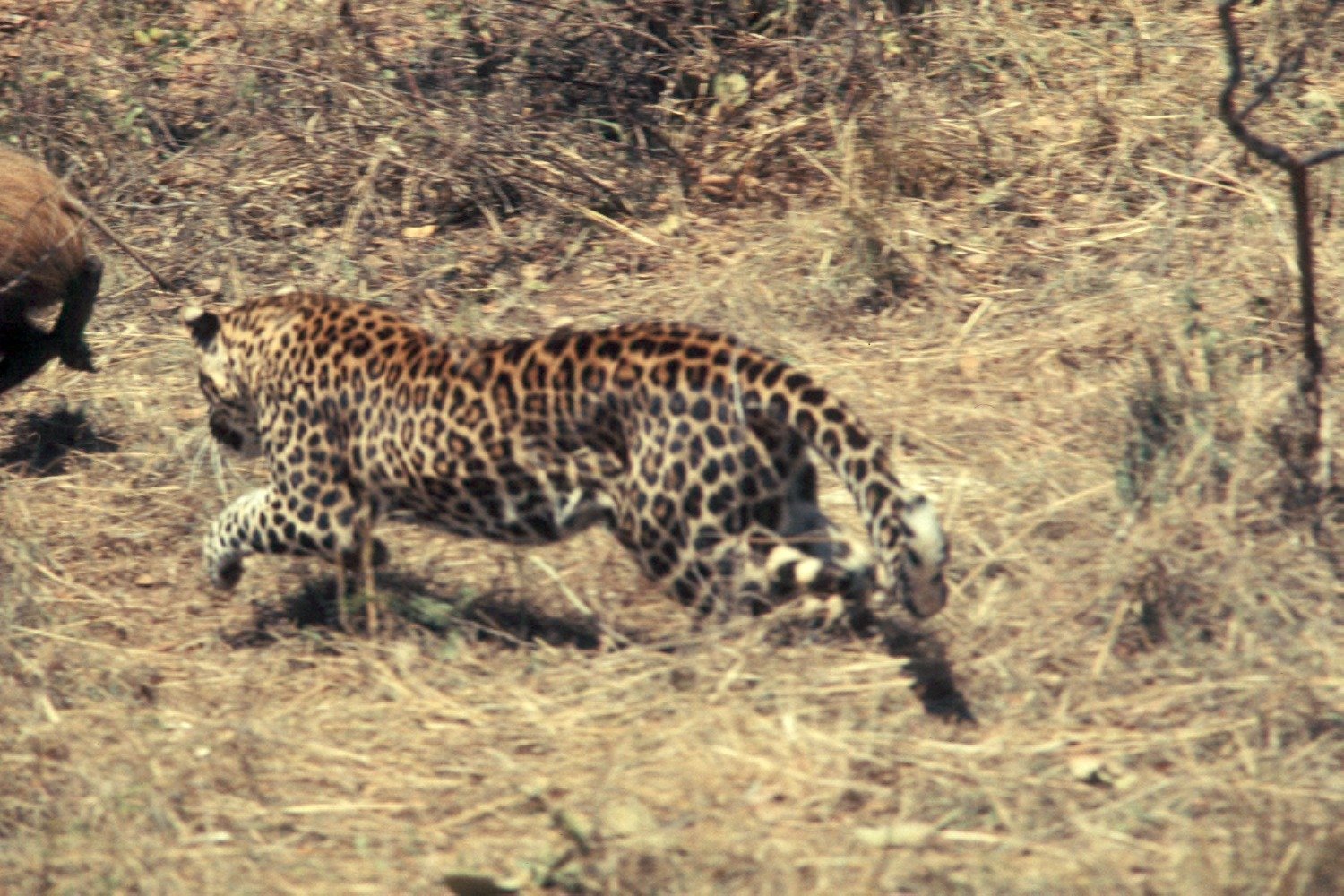
While cave hyenas are often painted as pure scavengers, fossil evidence reveals a more complex diet. They hunted wild horses, deer, and even young mammoths when the opportunity arose. Analysis of tooth wear and isotopes in their bones shows they were opportunistic feeders, switching between hunting and scavenging depending on what the season offered. This flexibility made them formidable survivors, able to exploit every niche in their ecosystem. It’s a reminder that nature rarely fits into tidy categories—predators must be opportunists, ready to grab any chance that comes their way.
Hyenas and Early Humans: Friends, Foes, or Both?

The relationship between giant hyenas and our ancestors was complicated. Caves once sheltered both species, and sometimes their remains are found side by side. Early humans may have competed with hyenas for space and food, sometimes driving them away, sometimes scavenging from their kills. In other cases, hyenas left gnawed bones in sites later inhabited by people. This uneasy sharing of territory may have shaped the evolution of both species, driving humans to become better hunters and toolmakers while pushing hyenas to improve their own strategies. The echoes of this ancient rivalry still haunt our myths and stories today.
The Fossil Trail: Clues from Deep Time
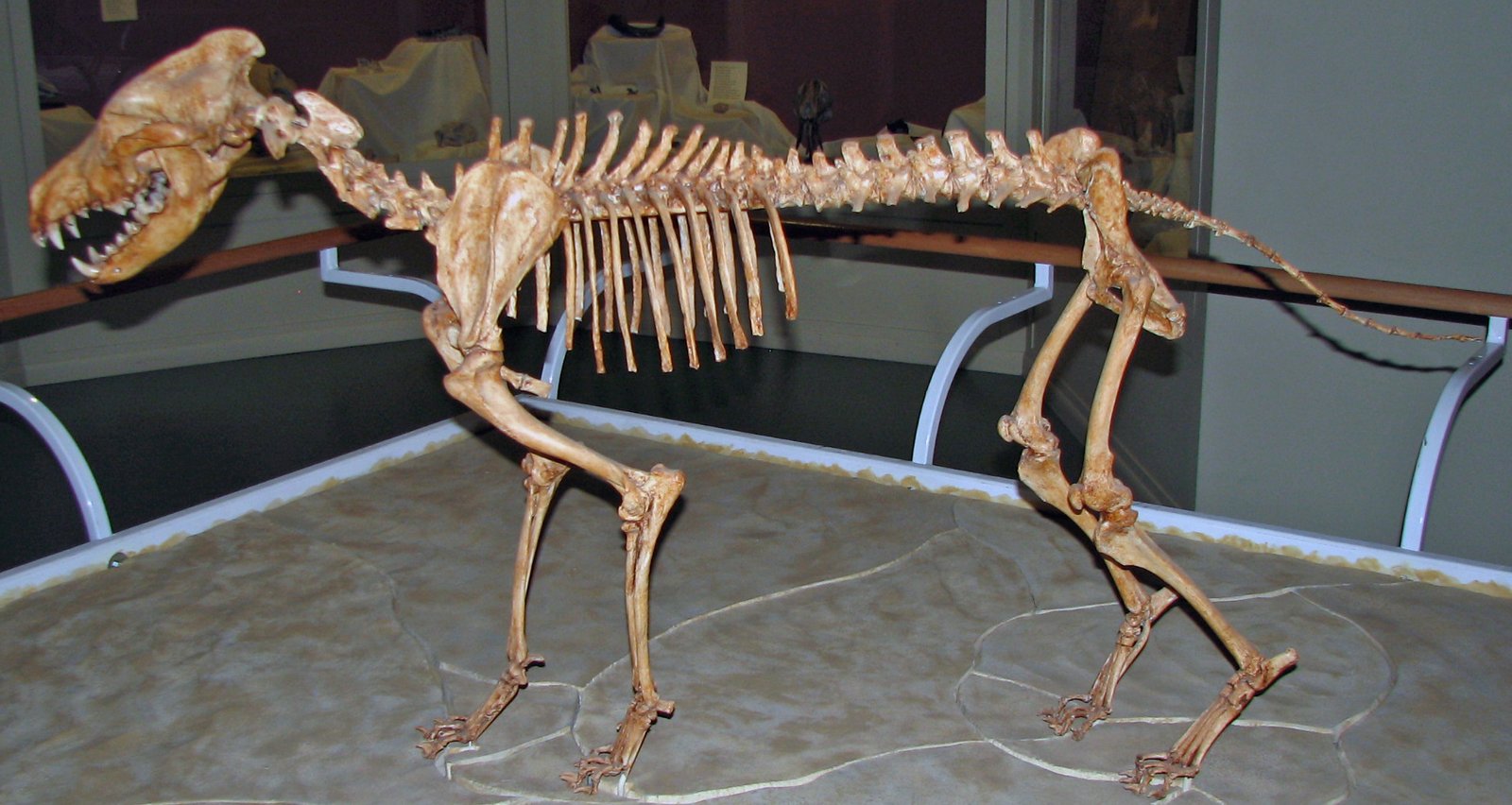
Every fossilized bone of a cave hyena is a clue in the grand detective story of evolution. Scientists have uncovered hyena remains from Spain to Siberia, each site offering a snapshot of life during the Pleistocene. Teeth tell us about their diet, while skulls reveal the power of their bites. Coprolites provide evidence of what they ate, and cave paintings hint at how humans saw these animals. Each discovery is like a message in a bottle, sent from a world long vanished but never forgotten.
Lessons from Extinction: The End of the Giants
Despite their strength and cunning, giant Ice Age hyenas eventually disappeared. The reasons for their extinction are complex: climate change, shrinking prey populations, competition with humans and other carnivores, and the loss of habitats all played a part. Their downfall is a sobering reminder that even the most powerful predators are vulnerable to the shifting tides of time. Studying their extinction offers insights into how ecosystems fall apart—and how we might prevent similar fates for modern species.
The Legacy of the Hyena Family
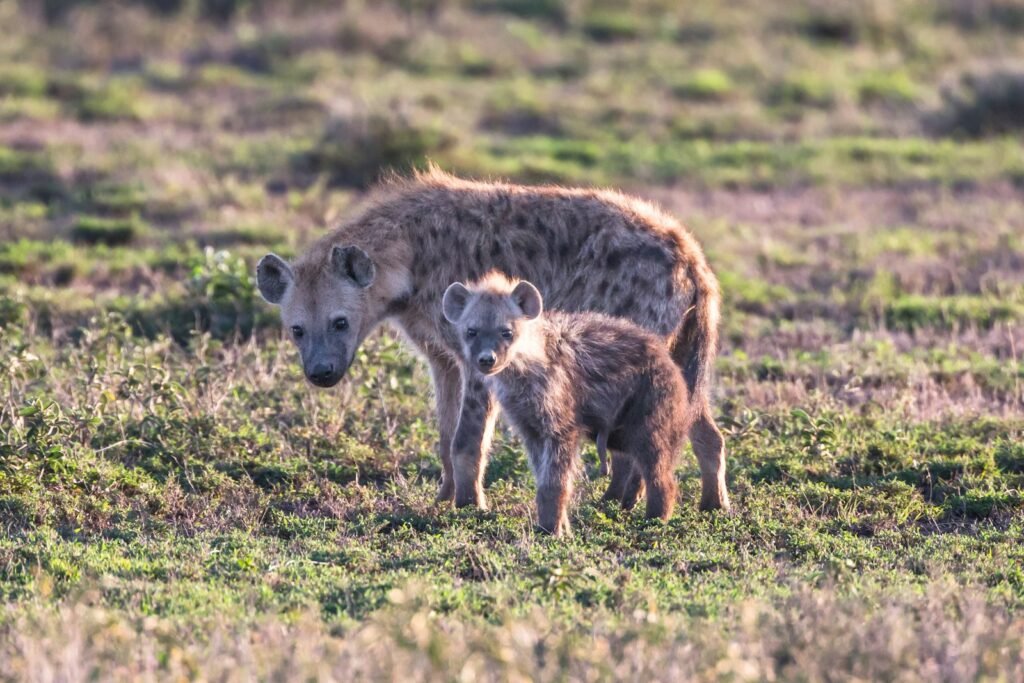
The story of the giant Ice Age hyenas doesn’t end with their extinction. Their closest living relatives, the spotted hyenas of Africa, carry echoes of their ancient kin. The same bone-crushing jaws, the same cunning social structures, and the same reputation as both hunters and scavengers live on. By studying modern hyenas, scientists gain a living glimpse into the world of the prehistoric giants. It’s a powerful reminder that evolution never stands still—it’s a river flowing through time, shaping and reshaping every creature in its path.
Predator Evolution: The Arms Race of Nature
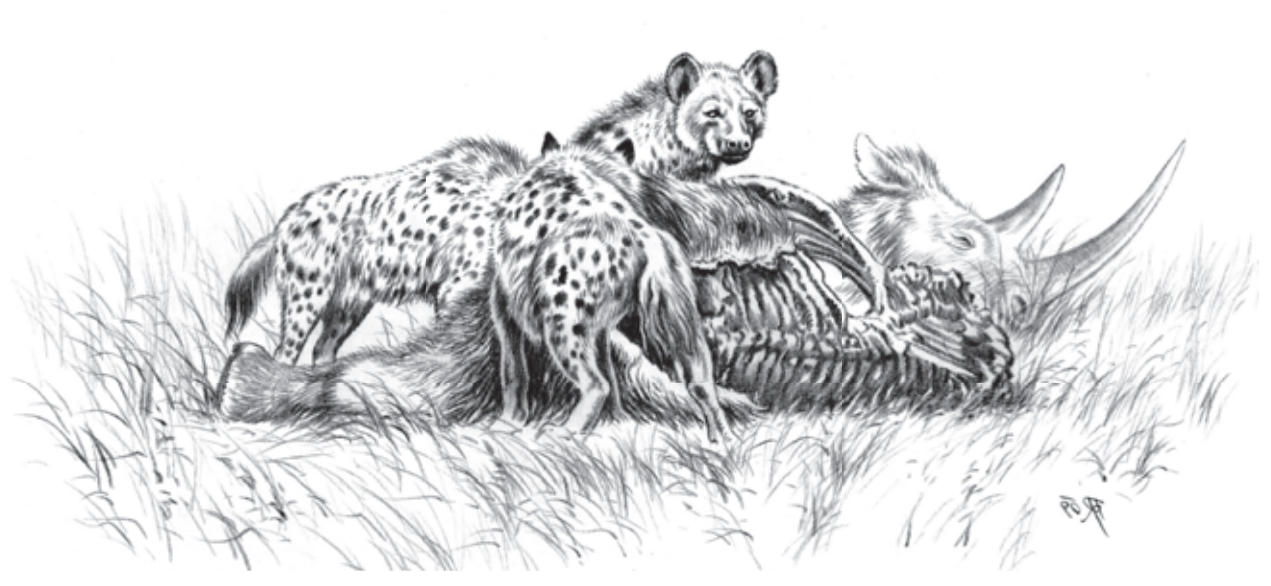
Predator evolution is a never-ending arms race. As prey animals grew bigger and faster during the Ice Age, predators had to evolve sharper teeth, stronger jaws, and smarter hunting strategies. The giant hyenas are a perfect example of this: their size and strength were direct responses to the challenges of their environment. Every adaptation was a gamble, a roll of the evolutionary dice. Sometimes it paid off, sometimes it didn’t. But the relentless drive to survive shaped every muscle, every tooth, every instinct.
Adaptations That Defied Expectations
The giant hyenas defied expectations in almost every way. Scientists once dismissed hyenas as simple scavengers, but the fossil record tells a more complex story. Their bodies were built for power and endurance, not just stealing leftovers. The Ice Age forced them to become creative, using teamwork, intelligence, and raw strength to secure their place at the top of the food chain. These adaptations show how evolution can turn the ordinary into the extraordinary, crafting creatures perfectly suited to their world—until the world changes.
What Modern Hyenas Reveal About Their Ancestors
Modern hyenas, with their haunting laughs and complex societies, are living windows into the past. By observing their behavior, scientists can infer how the Ice Age giants might have lived and hunted. Spotted hyenas today show remarkable intelligence, cooperation, and adaptability—traits likely shared by their ancient relatives. Watching a clan of hyenas work together to outsmart a lion or strip a carcass clean is like glimpsing a scene from a lost world. The line from past to present is unbroken, a testament to the power of adaptation.
The Role of Climate Change in Evolutionary History
Climate is the great sculptor of evolution. As Ice Age temperatures swung wildly, the fortunes of predators rose and fell. The expansion and retreat of glaciers reshaped habitats, forcing animals to adapt or perish. The rise and fall of the giant hyenas is a vivid example of how quickly fortunes can change. Their story warns us that survival is never guaranteed, especially when the climate shifts faster than species can adapt. It’s a lesson that resonates deeply as we face our own era of rapid environmental change.
Paleontology: Unlocking Secrets from the Earth
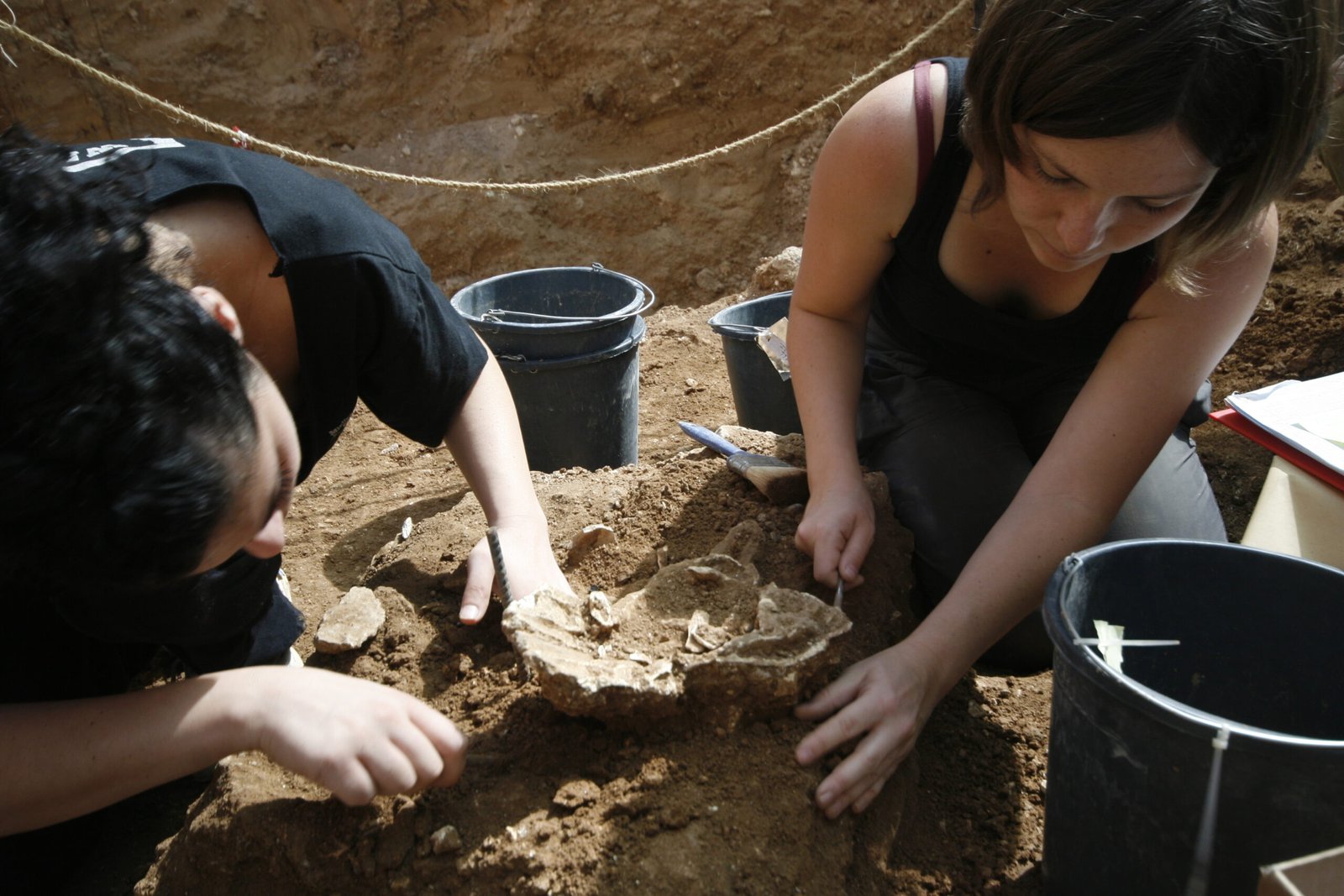
The science of paleontology is like piecing together a jigsaw puzzle with most of the pieces missing. Each new discovery—a tooth, a jawbone, a track in ancient mud—adds to our understanding of how giant hyenas lived. Fossilized dens filled with chewed bones speak of family life and feeding habits. Advances in technology now allow researchers to study ancient DNA and reconstruct the world these animals inhabited. Every breakthrough brings the Ice Age giants a little closer, turning dusty bones into real, breathing creatures in our imaginations.
Predator-Prey Dynamics: A Delicate Balance
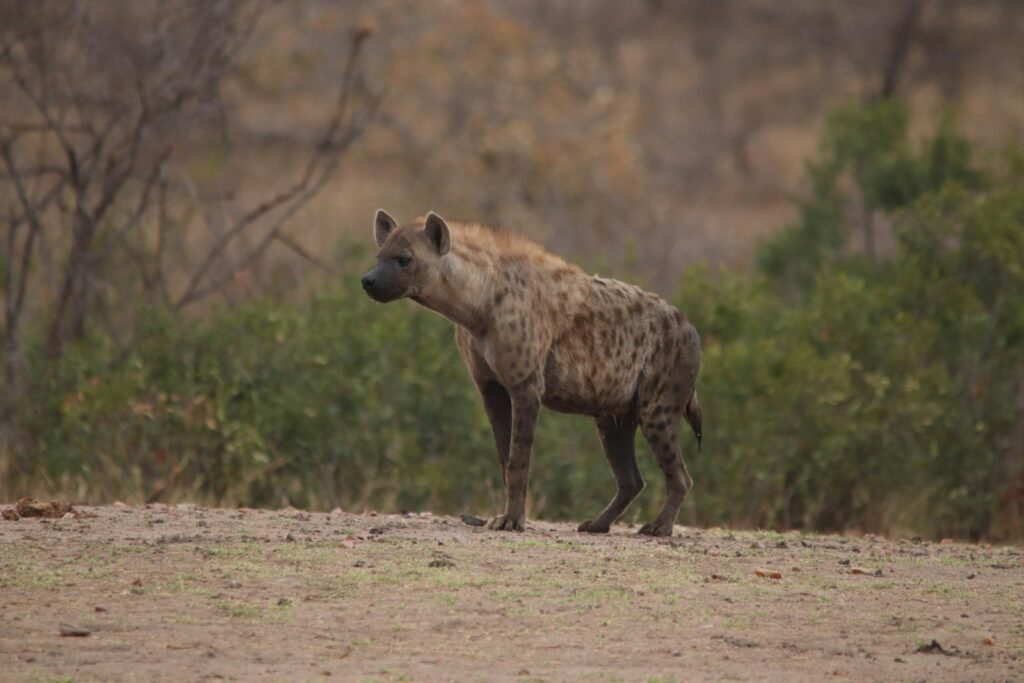
The dance between predator and prey is one of nature’s oldest stories. During the Ice Age, cave hyenas played a vital role in keeping herbivore populations in check and recycling nutrients. When predators disappear, ecosystems can unravel, leading to overgrazing, disease, and collapse. The fate of the giant hyenas is a stark reminder of how fragile these relationships can be. Understanding their role helps us appreciate the intricate webs that support life on Earth—and the dangers of pulling out even a single thread.
Hyenas in Myth and Imagination
Even long after their extinction, giant hyenas haunt our stories and legends. Early humans must have feared and respected these powerful predators, weaving their images into cave art and myth. Today, hyenas still evoke strong emotions—admiration, fear, even disgust. But the truth is far richer and more fascinating than any legend. Giants once roamed the Earth, and their bones still echo with the lessons of survival, adaptation, and the relentless march of evolution.
What the Past Tells Us About the Future
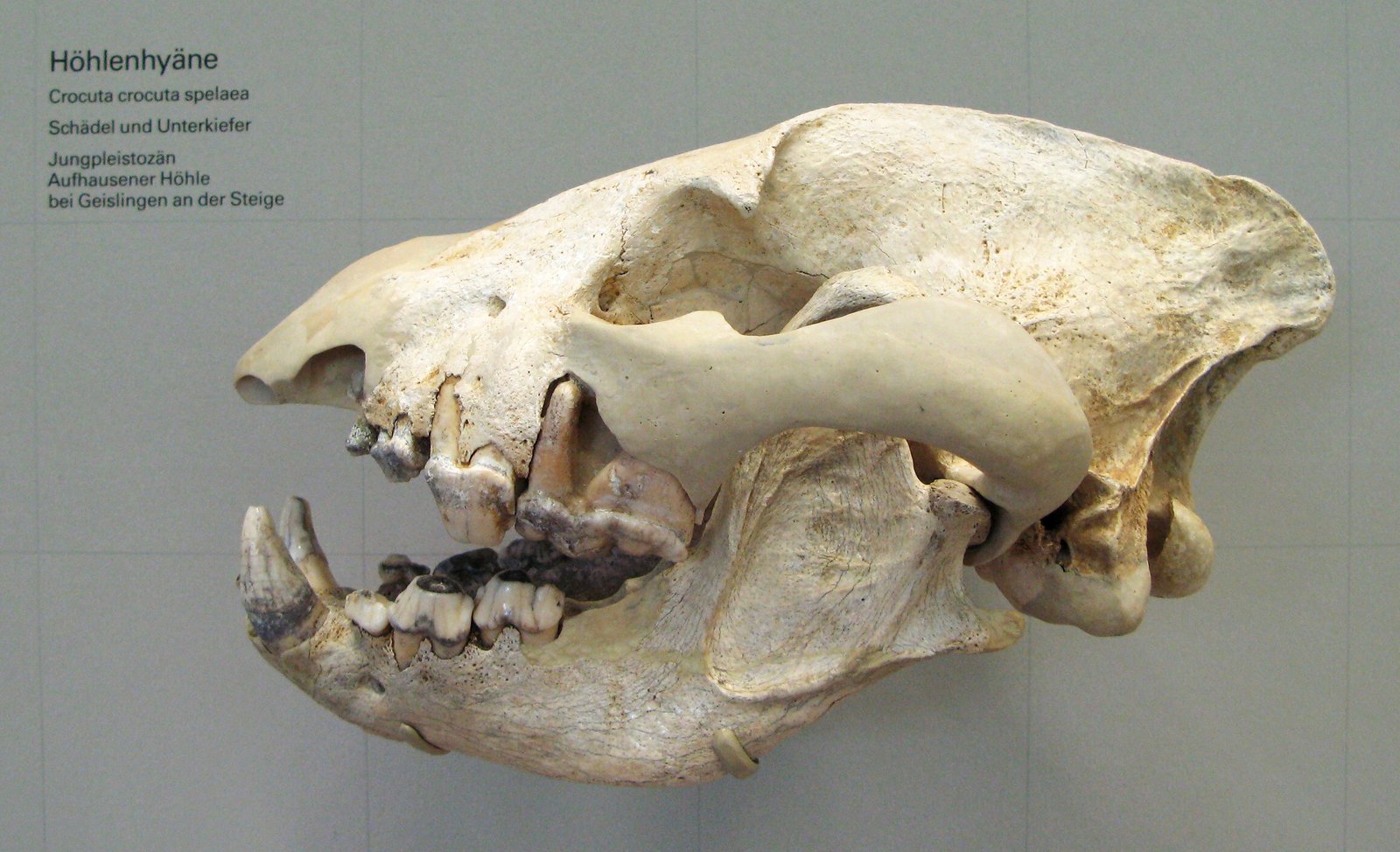
Studying the rise and fall of the giant Ice Age hyenas isn’t just about understanding the past—it’s about peering into the future. Their story is a warning and a promise: that life is both fragile and resilient, that evolution is both ruthless and creative. As our own world changes, the lessons of these ancient predators can guide us—reminding us to adapt, to respect the balance of nature, and never to underestimate the power of change.
Enduring Fascination: Why Ice Age Hyenas Still Matter
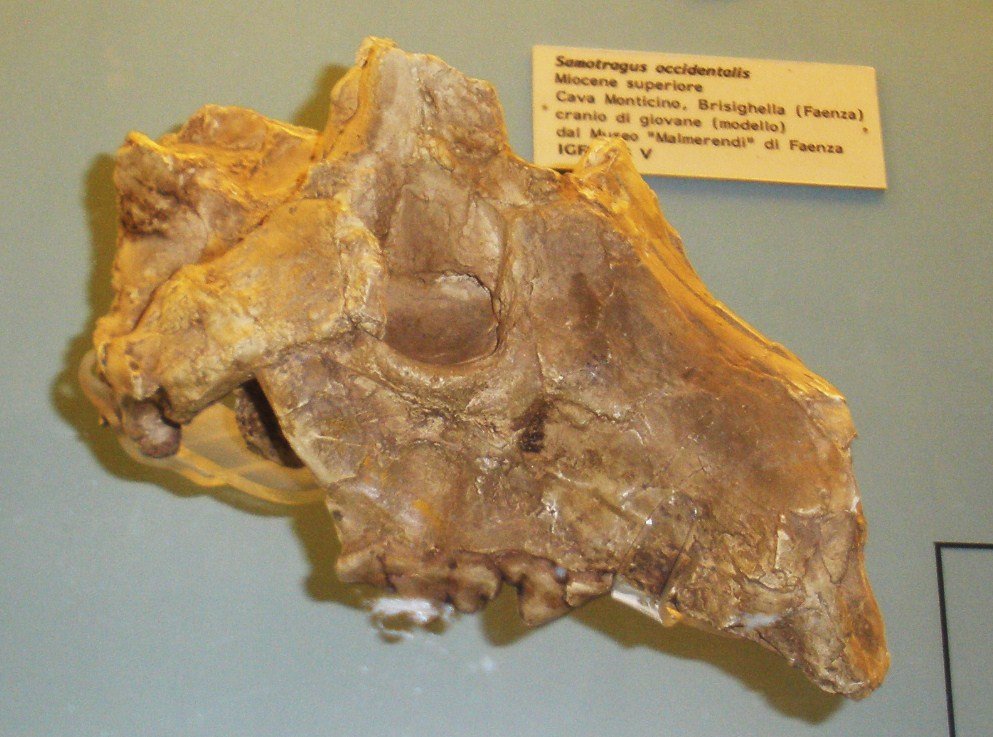
There’s something profoundly moving about holding a fossilized hyena tooth in your hand—a direct connection to a world both familiar and utterly alien. These ancient predators remind us of the wildness and wonder that once filled our planet. Their story is not just about extinction, but endurance, transformation, and the mysteries that remain. What other secrets might be waiting beneath the earth, ready to rewrite everything we thought we knew?

